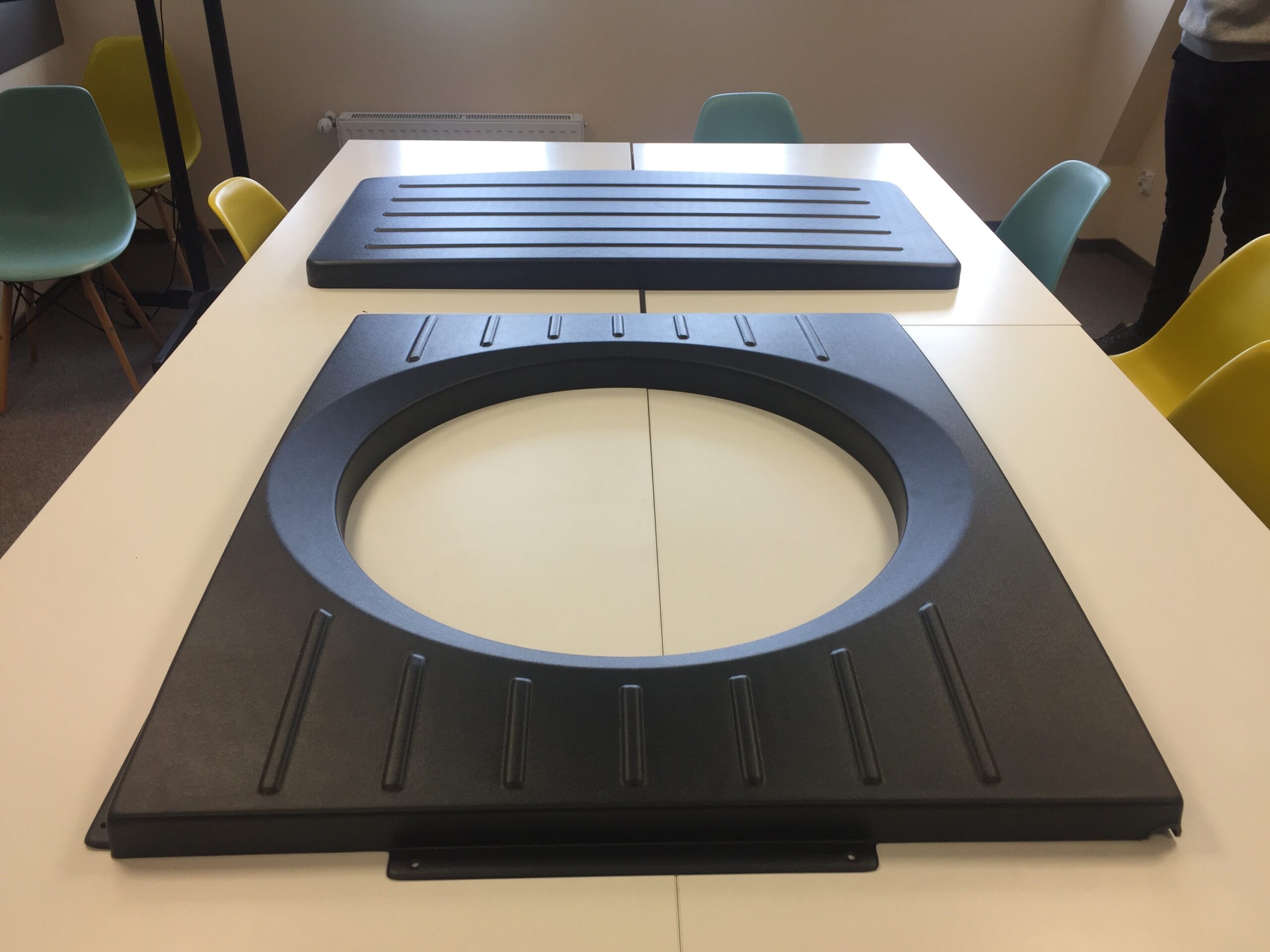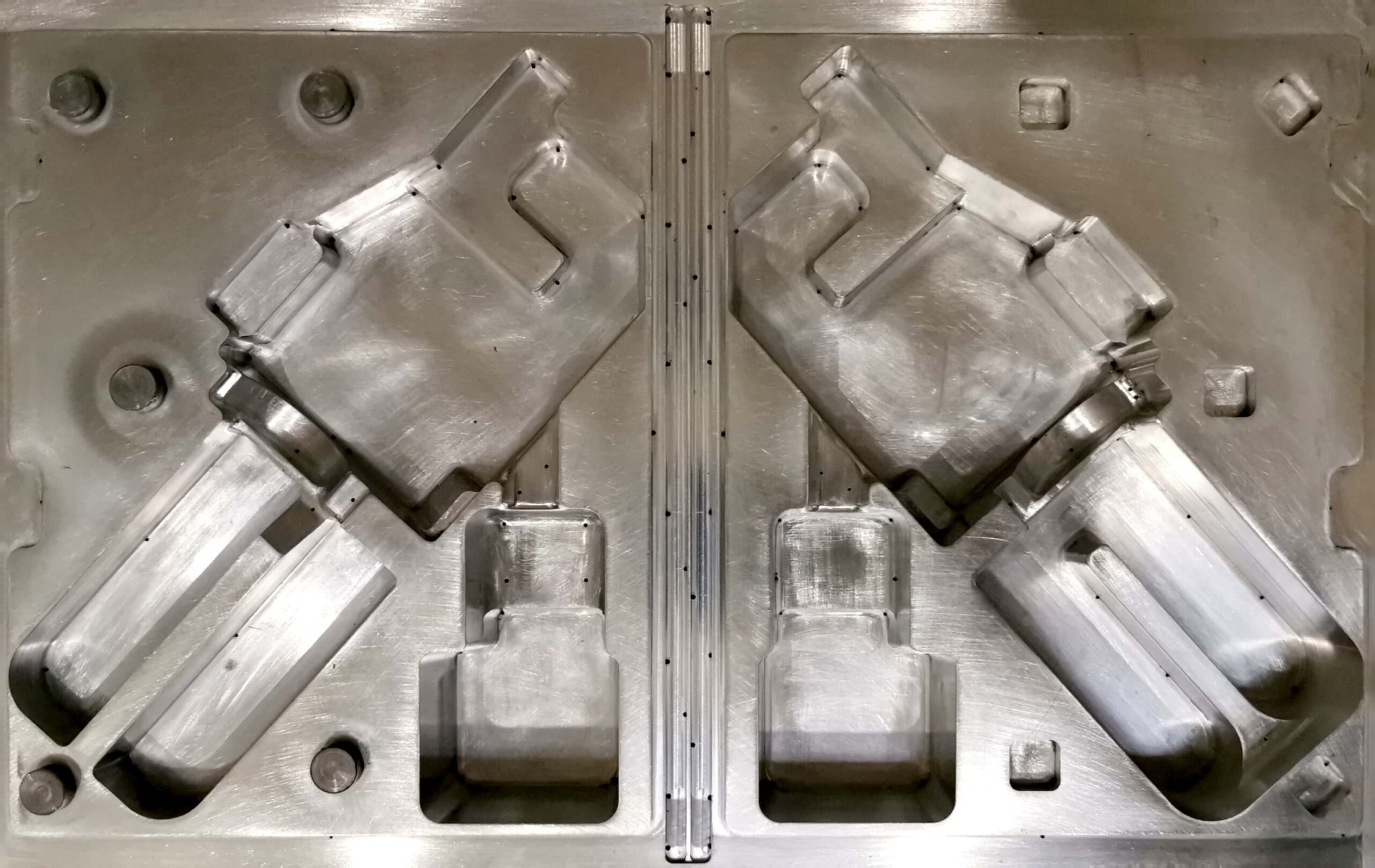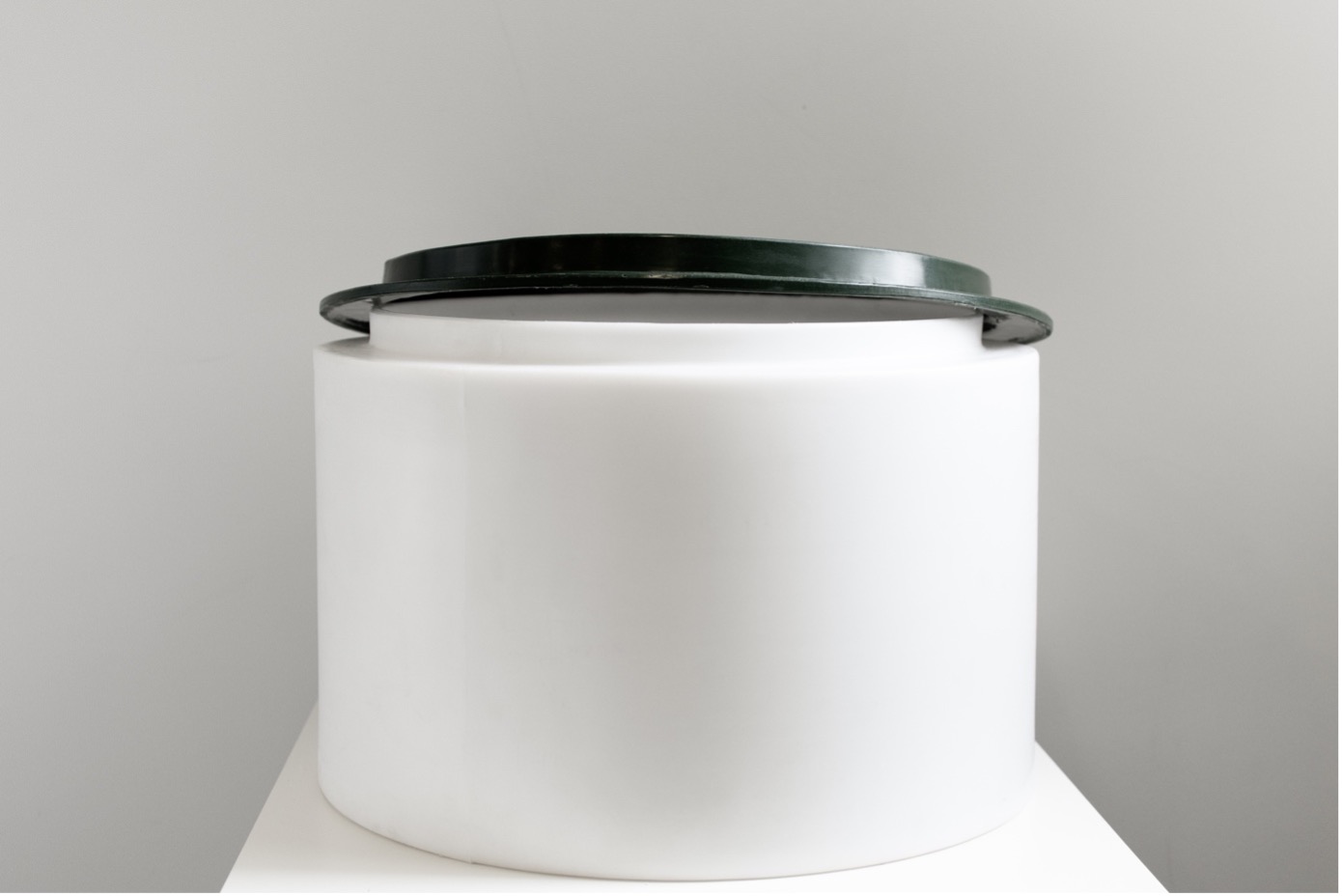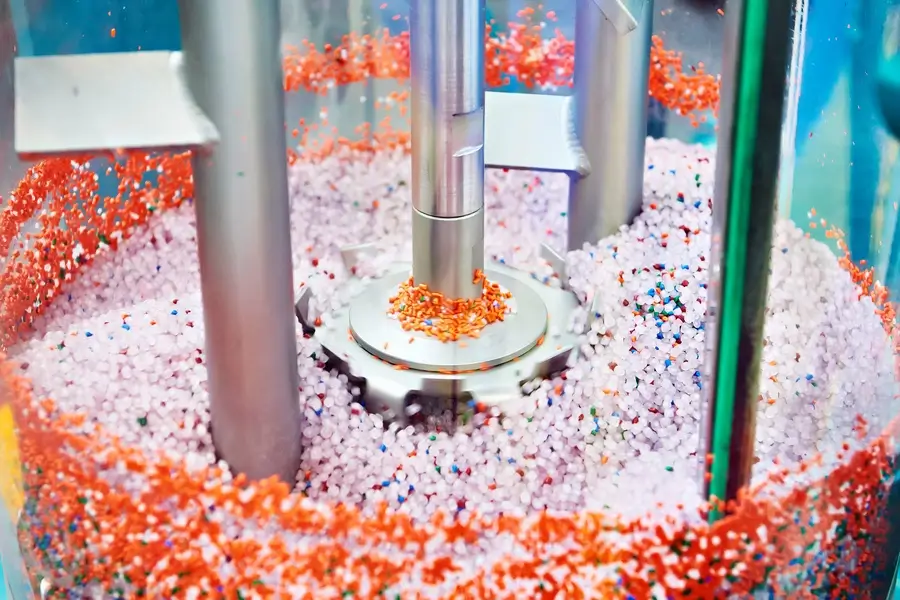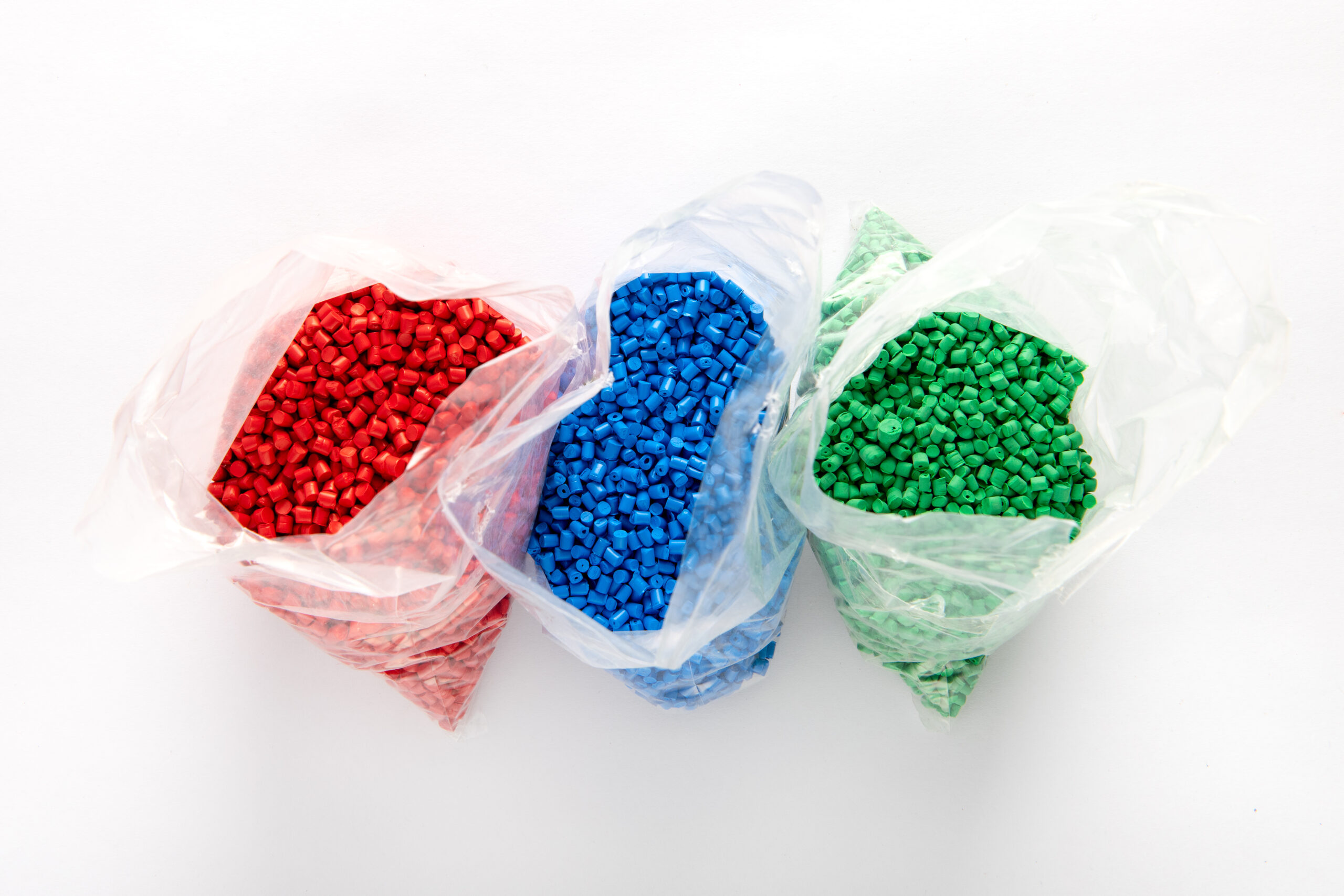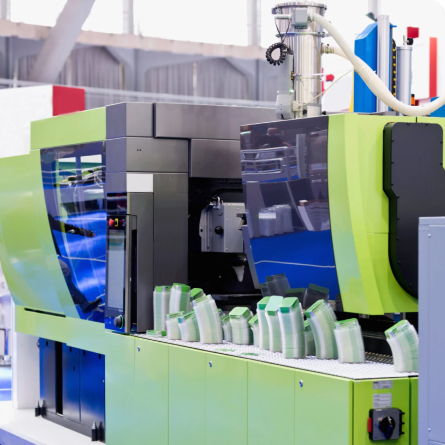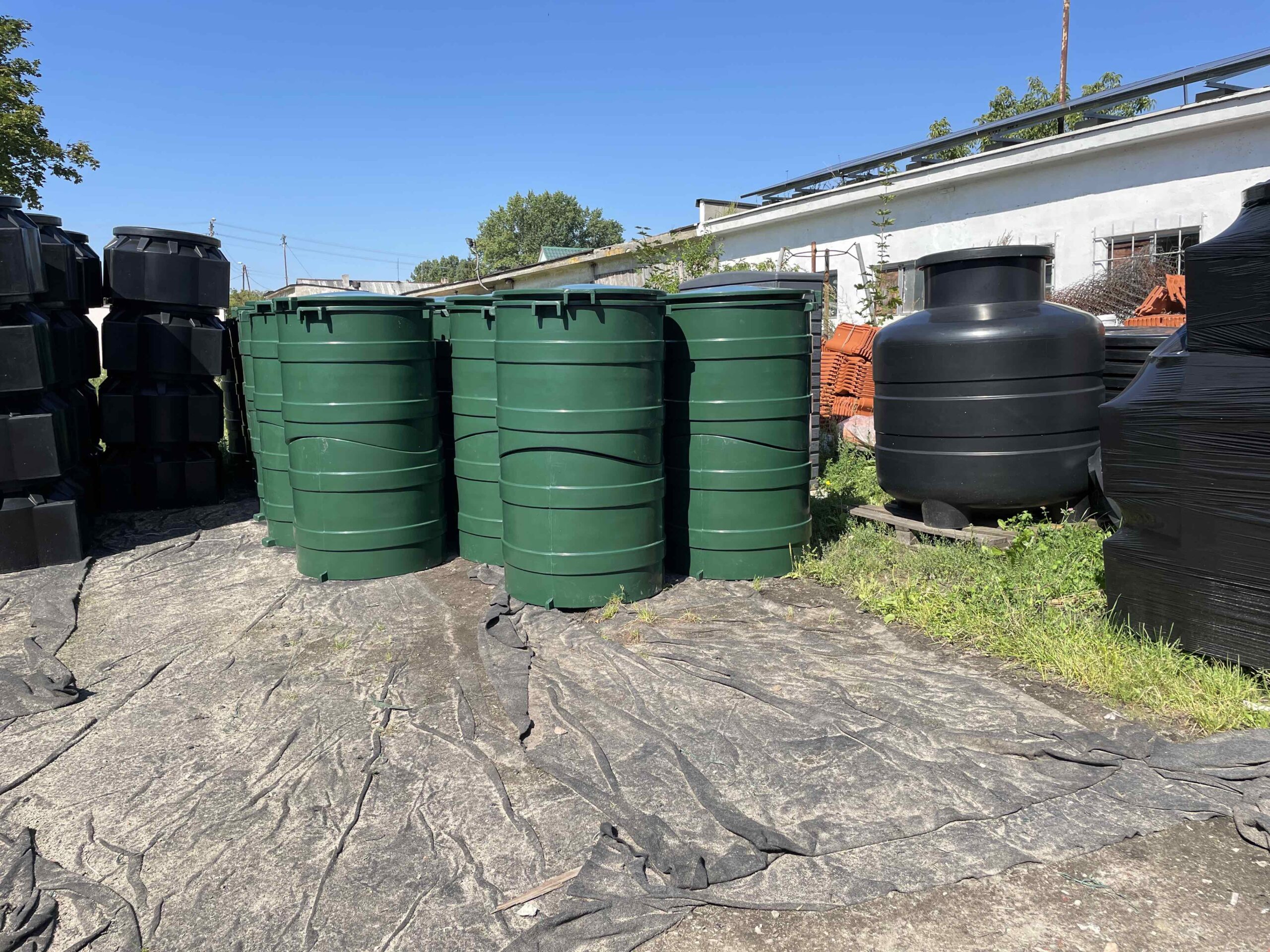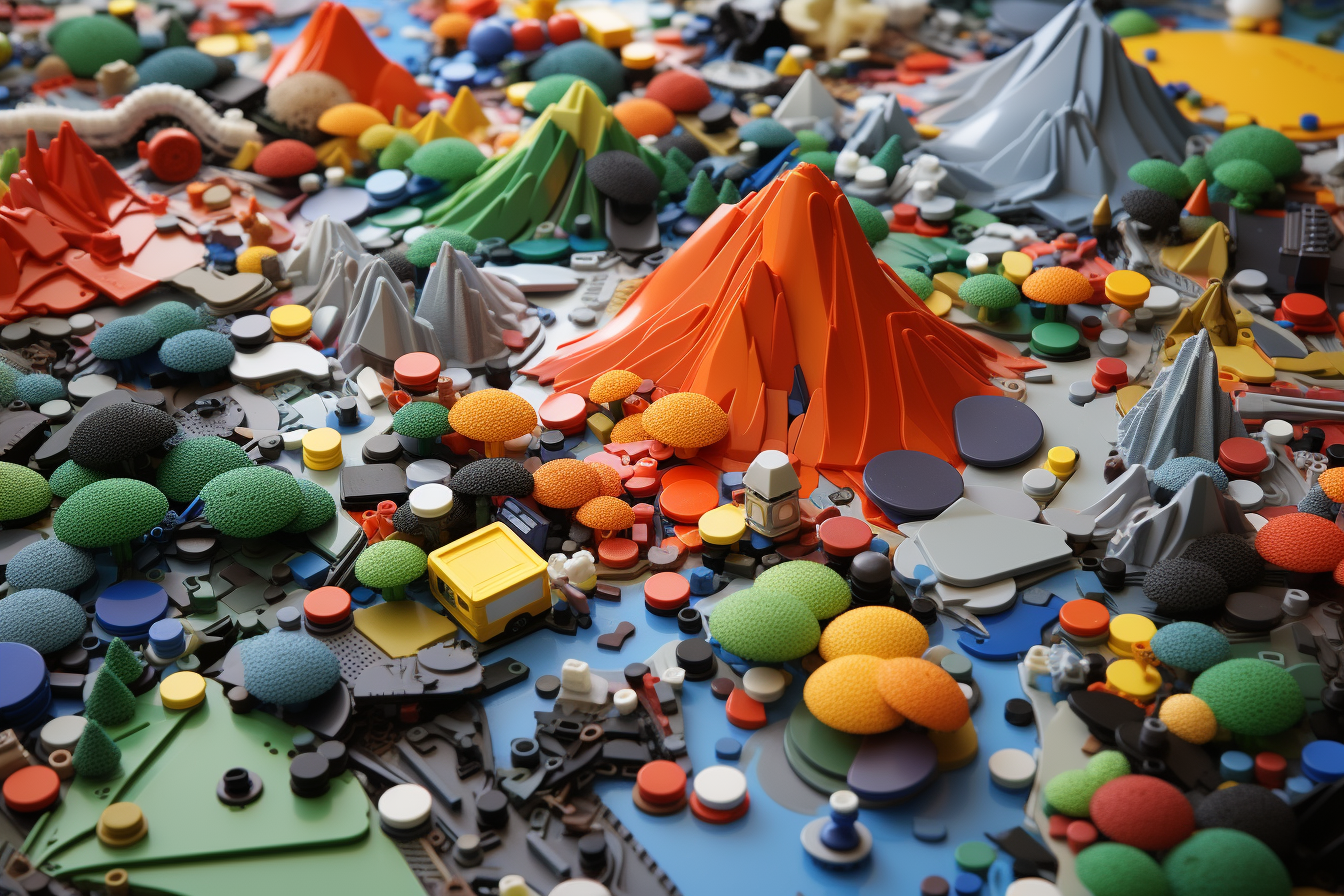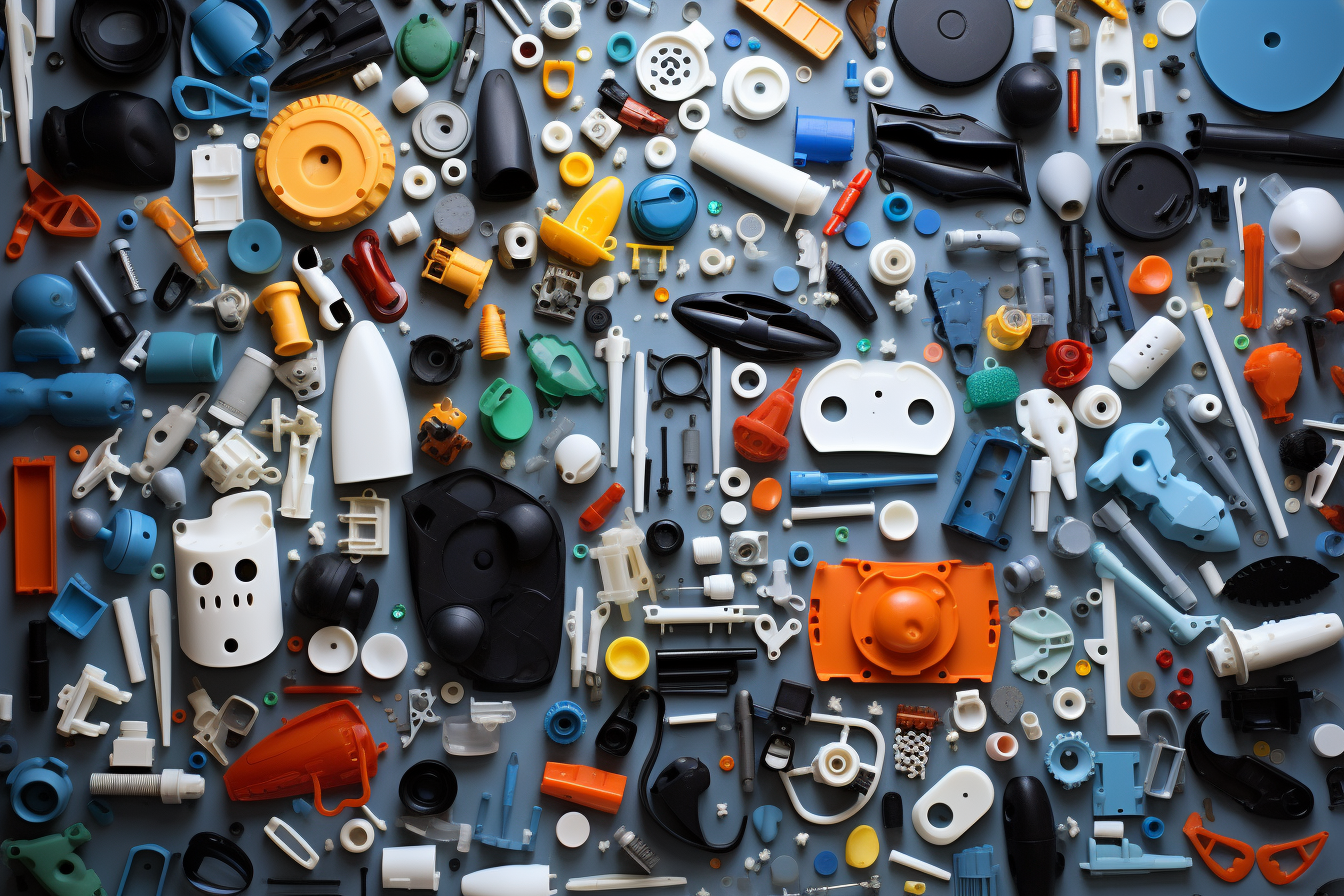Introduction
Plastipol Poland has carried out a successful implementation of the production of profiles for school blackboards. Originally, these products were made of aluminum and imported from China. Rising aluminum prices, as well as a desire to reduce import risks, resulted in the idea of local production from a plastic that would resemble aluminum in appearance. The main goal was to reduce the price, while maintaining adequate durability and aesthetics.
Thanks to the application of technological knowledge, as well as processing capabilities, we have met this goal.
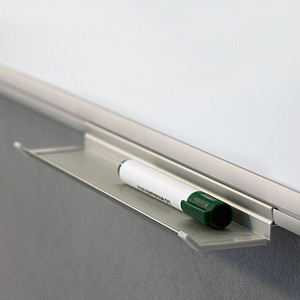
Product description
The implemented product was profiles for school boards. The most important aspect was that the details had a visual function, and thus the product had to be highly aesthetic and durable. In addition, the exact color was specified – the plastic profile had to resemble anodized aluminum in color as much as possible. The flexibility of the profile was also an important factor – they had to be limber enough to be placed in the designated areas of the boards, but at the same time rigid enough to support the structure.
Aluminum vs. plastics
Aluminum
It is a chemical metal with the symbol Al. It is a relatively light metal with a silvery color. Aluminum has a density of 2.7 g/cm3, which, compared to other metals, makes it described as one of the lighter ones. As is well known, the melting point of metals is much higher than that of plastics, and this is also the case here, as the melting point of aluminum is about. 660.3 st.C. Aluminum is also characterized by good electrical or thermal conductivity. The metal is widely used in various fields, such as aircraft manufacturing, packaging, building structures, the automotive industry, as well as in the production of aluminum foil, canned beverages and many other products.
Aluminum alloys are always used in the production of profiles, which change the properties of the base material.
Plastics
This is a group of many materials that have been created by chemical reactions or naturally. They are made up of long chains, the building blocks of which are repeated units called monomers. Their density is considerably lower than that of metals (e.g., ABS weight 1.05 g/cm3), while it varies depending on the material. The melting point of plastics is also much lower than that of metals – of course, it depends on the type of material, but most often it is in the region of 100 degrees Celsius. The main and characteristic feature of plastics is corrosion resistance, which makes them an extremely attractive material group. Plastics are used in many fields, such as packaging, automotive, electronics, construction, medicine, as well as in everyday products such as PET bottles, plastic bags, car components and many others.
There are many plastics, and by using the right additives, we can change their strength properties, or aesthetics.
See also our article on plastics.
Technology used – extrusion
Extrusion is one of the most popular technologies in plastics processing. It is an industrial process in which molten plastic is pushed through a mold to obtain the desired shape of the product. The process is widely used in industry to produce a variety of plastic products, including pipes, films, profiles, sections and many other products.
Learn more about extrusion here.
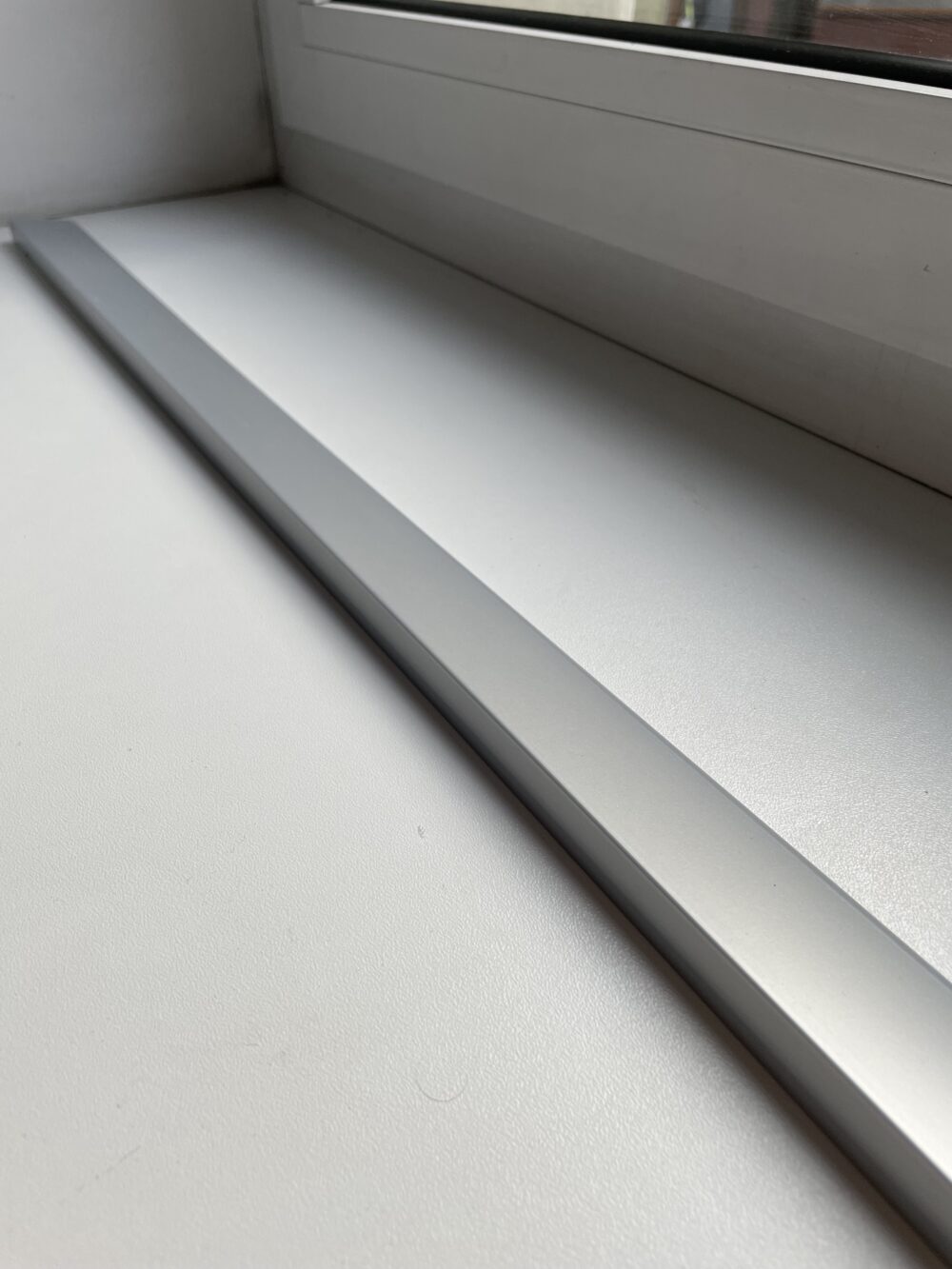
Plastic selection
Characteristics of ABS and SAN
Two plastics were considered: ABS and SAN. A brief description of each is included below:
ABS is a plastic with three main monomers in its structure:
- Acrylonitrile, which provides strength and heat resistance
- Butadiene, which provides flexibility and impact resistance
- Styrene, which provides rigidity and shine
The hallmark of ABS is scratch resistance, which is highly desirable especially for details that require high aesthetics. In addition, the material has high impact resistance, as well as chemical resistance.
SAN is a copolymer of styrene and acrylonitrile. It is a hard material, but at the same time quite brittle. The main advantage of this material is its ability to maintain good transparency, as well as its resistance to many chemicals.
Tests
Several tests were conducted for ABS and SAN materials on a different mold. Thus, even before making the mold, we were able to evaluate which material would work better for this application.
Final selection
The chosen material in this case was ABS. Despite the slightly higher price, it is a better material for this implementation. The deciding factors were that ABS is scratch-resistant, and on top of that, it is not as brittle as SAN, so it could be said with certainty that it would meet all the requirements placed on it during this deployment.
For more on ABS material, see the dedicated article.
Choosing the right dye
One of the most important aspects was the color of the profiles. Because the profiles were previously made of aluminum, they had to resemble their color as much as possible. This proved to be quite a challenge, as color evaluation is a very subjective matter. In order to meet the customer’s expectations, we conducted several trials using different types of dyes.
Trial #1
We have prepared profiles of different shades to choose the appropriate, most similar color.

The result: unfortunately, none of the proposed dyes met the customer’s expectations. The profiles were too matte (lacking the characteristic shine like aluminum) and were too dark.
Trial #2
We conducted further tests, using dye from another supplier.
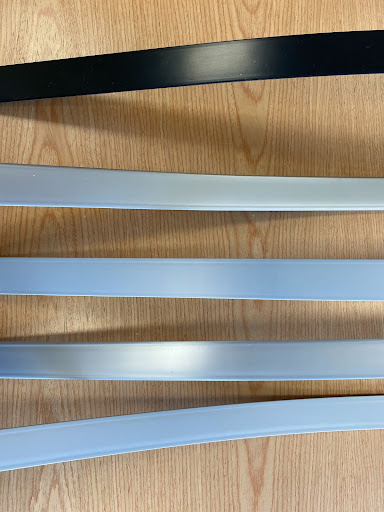
The result: after the results of the second trial were shown, the samples were accepted. The selected color was profile No. 3 (second from the bottom). It was characterized by the right color – light gray, in addition, it had a distinctive sheen. To obtain such a color, a dye was selected in the following proportion: silver dye 5% COLOR 91068S.
Proposed design changes
Metals are characterized by high strength. The mechanical strength of plastics is often worse than metals (comparing for exactly the same shape). When changing the material, it is very important to check whether the products need reinforcement in certain places. After analysis, we decided to:
- changing the wall thickness from 1mm to 1.25mm
- use of appropriate ribbing
As a result, the profiles meet all the requirements set for them, including. Do not show undesirable deformation.
Depreciation of tool costs in production
A very important requirement from the client was to minimize implementation costs. With the profiles for the boards, the tool’s costs were in the range of 25 – 40 thousand zlotys. This was far too much for the customer, especially considering that we produce several different profiles and a separate mold had to be made for each. For this reason, we took the opportunity to amortize the cost of the tool in production. This involves having the mold made by Plastipol and then being paid off over a specified period of time, such as 3 or 5 years. During this time, the production price is slightly more expensive, and after the tool is depreciated, it decreases.
With higher production volumes, this is a very attractive solution for the customer, and so it was in this case.
Conclusions and Summary
This article discusses the successful replacement of traditional aluminum profiles with plastic profiles. The introduction of such an innovation has led to many benefits.
- First, the replacement of aluminum profiles with plastic profiles has allowed a significant reduction in production costs. Plastics are generally cheaper than aluminum, which translates into a lower end product price, making them competitive in the market.
- We achieved a significant reduction even taking into account the cost associated with tool depreciation.
- Another important aspect was to avoid the need to import aluminum. By using locally produced pellets, dependence on foreign supplies was reduced, and the risk of supply chain disruptions associated with international transportation was eliminated.
- The introduction of plastic profiles has also significantly increased the efficiency of the production process. Plastics are easier to work with, which reduces production time and increases efficiency.
- The aesthetics of the product and the durability of the product have been increased. The plastic profiles were noticeably more visually aesthetically pleasing due to the appropriately selected dye, and were also appropriately durable due to the increase in wall thickness from 1.0 to 1.25mm.
- Last, but not least, is the locality of production. The production of plastic profiles is done in-house, allowing greater control over the quality of the process and the flexibility to adapt production to changing needs. This is beneficial not only from an economic point of view, but also from an environmental point of view, as it reduces the energy consumption associated with the long-term transportation of materials.
In summary, the replacement of aluminum profiles with plastic profiles has brought many benefits, including cost reductions, import avoidance, increased production efficiency, improved product appearance and durability, and greater control over the production process. This is a unique example of using technological innovation to improve efficiency and sustainability in the manufacturing industry.


